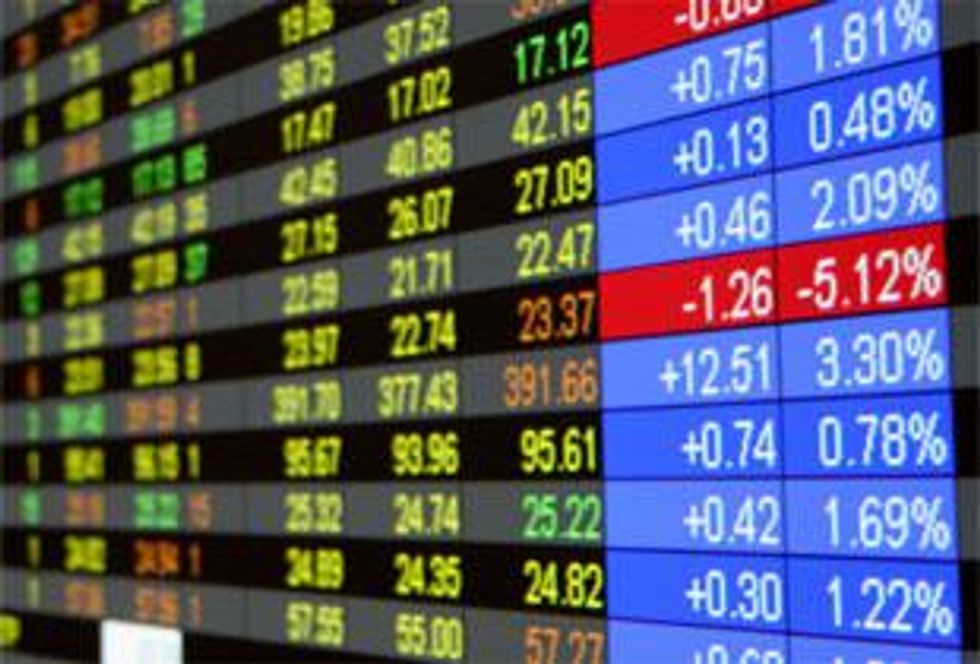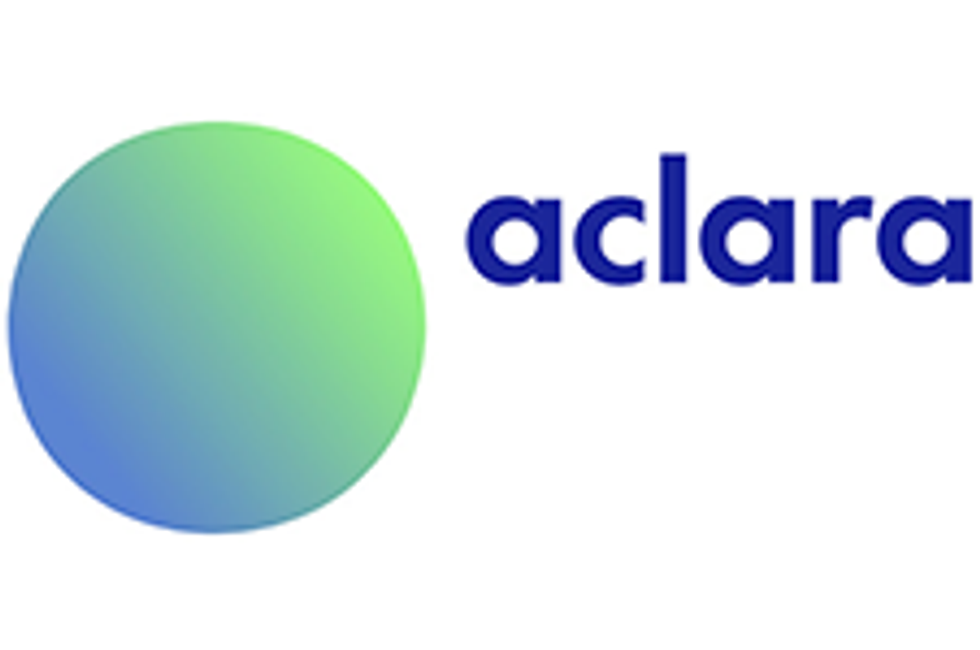- AustraliaNorth AmericaWorld
Investing News NetworkYour trusted source for investing success
- Lithium Outlook
- Oil and Gas Outlook
- Gold Outlook Report
- Uranium Outlook
- Rare Earths Outlook
- All Outlook Reports
- Top Generative AI Stocks
- Top EV Stocks
- Biggest AI Companies
- Biggest Blockchain Stocks
- Biggest Cryptocurrency-mining Stocks
- Biggest Cybersecurity Companies
- Biggest Robotics Companies
- Biggest Social Media Companies
- Biggest Technology ETFs
- Artificial Intellgience ETFs
- Robotics ETFs
- Canadian Cryptocurrency ETFs
- Artificial Intelligence Outlook
- EV Outlook
- Cleantech Outlook
- Crypto Outlook
- Tech Outlook
- All Market Outlook Reports
- Cannabis Weekly Round-Up
- Top Alzheimer's Treatment Stocks
- Top Biotech Stocks
- Top Plant-based Food Stocks
- Biggest Cannabis Stocks
- Biggest Pharma Stocks
- Longevity Stocks to Watch
- Psychedelics Stocks to Watch
- Top Cobalt Stocks
- Small Biotech ETFs to Watch
- Top Life Science ETFs
- Biggest Pharmaceutical ETFs
- Life Science Outlook
- Biotech Outlook
- Cannabis Outlook
- Pharma Outlook
- Psychedelics Outlook
- All Market Outlook Reports
Rights Issue and Shortfall
The demand for investment in rare earth elements is extremely high, and investors are looking for a way to enter the market without being solely dependent on mining company stocks. While a pure Rare Earth ETF is not yet available, there are options for investor looking to capitalize on the rare earth market.
By Michael Montgomery—Exclusive to Rare Earth Investing News
The world has caught on to the importance of rare earth elements in the global market. The metals are crucial to high tech products, renewable energy sources, medical devices and the automotive industry to name a few. The cut backs on exports, and a looming ban for the rest of the year, have made uncertainty and prices for the metals skyrocket. Investors have been showing an increased interest in capitalizing on the rare earth market, but have very few options to invest in outside of a few non-Chinese mining companies. What scares investors is the uncertainty and risk involved with investing in individual mining companies.Enter exchange traded funds (ETFs). Commodity ETFs usually hold the physical metal for investors, freeing them of the hassle of storing the commodity themselves. The gold sector, for example, has benefited immensely from these funds as the average investor can now buy into the market with these barriers removed. The demand, and need for a rare earth ETF is high right now, however, with only a limited number of mining companies out side of China, and a lack of available materials for physical purchase, the creation of a viable ETF is challenging.
The Swiss Finacial Market Authority (FINMA) approved an REE fund “that invests worldwide in companies with activity in mining, refining and manufacturing of Rare Earth Elements,” according to the fund’s website.
However, some analysts are at odds with this type of fund as opposed to other commodity ETF’s. “The funds are not organized quite like other metal ETF’s… For the first time, we see the financial community take an almost preemptive role in developing financial products in advance of the industrial firms who have yet to secure raw material supply or make strategic investments in key rare earth metal companies,” stated Lisa Reisman, for Metal Miner.
What’s troubling about this new REE fund is the fact that it will be investing in junior mining companies, and processing companies that have yet to physically produce rare earth oxides. While beneficial for the companies involved, the risk to investors may be extremely high if these companies do not produce the results promised.
Van Eck Global is working on a similar ETF that looks to cash in on the growing interest in rare earths. The fund’s name, recently changed from ‘Minor Metals ETF’ to Market Vectors Rare Earth/Strategic Metals ETF with the ticker symbol ‘REMX’, will invest in nearly the same way as its Swiss counterpart.
“The Market Vectors Minor Metals ETF that’s in the works will replicate the performance of the Minor Metals Index, which comprises a group of about 30 publicly traded companies engaged in the mining, refining and manufacturing of such metals,” reported Steve Dew, for Index Universe. The fund will have a 0.57 percent annual fee, and will track a rules-based, modified capitalization-weighted, float-adjusted index.
Other analysts have suggested round about ways to invest in the growing demand for rare earths while waiting for rare earth ETF to take off. One in particular, Gary Gordon, of ETF Expert, takes an interesting angle on the subject. Since 60 percent of world rare earth consumption is used by the Chinese middle class consumer, one way of investing in rare earths is to buy a position in Chinese consumer index funds, including Claymore-AlphaShares China Small Cap Index Fund (NYSE:HAO).
“The middle class Chinese consumer is buying electric/hybrid cars from Chinese automaker BYD as well as consuming the energy from wind turbines. The best investment to focus on the strength of the Chinese consumer is the Claymore-AlphaShares China Small Cap Index Fund,” stated Gary Gordon.
In a follow up article Gordon also suggests looking at another fund, the Global X China Consumer (NYSE:CHIQ) as a way to tap into the Chinese demand for rare earth. While these funds will probably perform well with projections for Chinese growth, the abstract way in which they tie into the rare earth market may be a little to distant for the average investor looking to get into rare earth.
A more direct way to invest in this market is coming from Dacha Strategic Metals Inc. (TSXV:DSM), which buys, holds, and sells an inventory of rare earths. The company published their holdings in a press release, currently the company holds 216,900 kgs of various rare earths with a market value of over $25 million. This individual company is much like an ETF in this regard.
The company also announced that it had, through the acquisition of a trading company, acquired an operating license in the Peoples Republic of China. “Dacha’s business model has been significantly enhanced with this transaction. Our ability to freely transact in Rare Earth Elements in both the domestic and export markets within China will be a significant driver of value to our shareholders,” stated Dacha CEO, Scott Moore.
With help from Assistant Edtor Vivien Diniz
Outlook Reports
Featured Critical Metals Stocks
Browse Companies
MARKETS
COMMODITIES
| Commodities | |||
|---|---|---|---|
| Gold | 2358.99 | -4.71 | |
| Silver | 28.59 | +0.45 | |
| Copper | 4.32 | +0.06 | |
| Oil | 84.84 | -0.82 | |
| Heating Oil | 2.66 | -0.02 | |
| Natural Gas | 1.74 | -0.03 | |
Investing News Network websites or approved third-party tools use cookies. Please refer to the cookie policy for collected data, privacy and GDPR compliance. By continuing to browse the site, you agree to our use of cookies.




